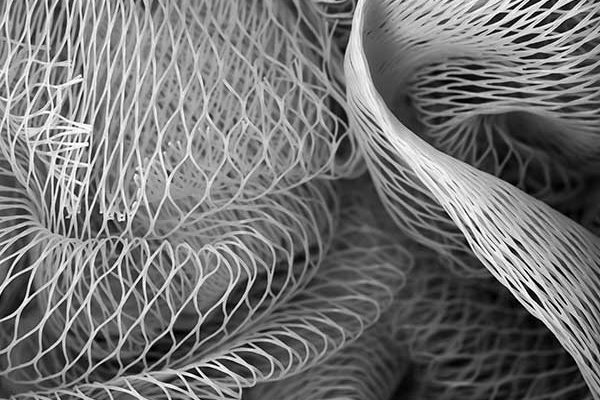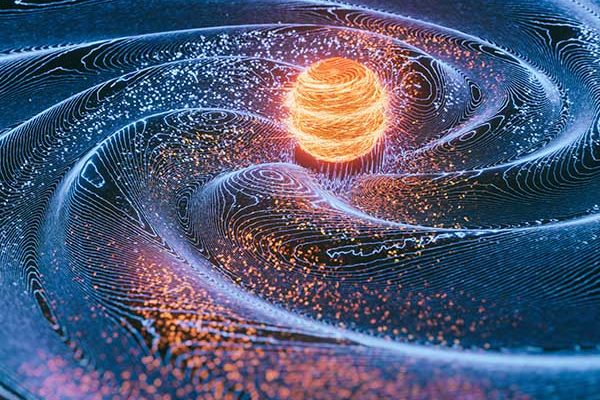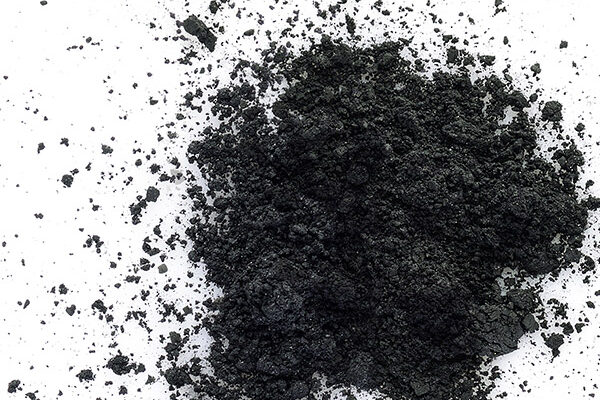Background
Within an internal combustion engine, 60 % of the available fuel energy is typically lost as heat, of which half is rejected to atmosphere via the vehicle exhaust.
The energy of exhaust gases can be partially recovered by turbocharging, using this flow to drive a turbine, mechanically linked to a compressor to increase engine volumetric efficiency and power density. This in turn facilitates the trend of efficiency improvement through engine downsizing.
However, even with turbocharging in place, large amounts of residual heat energy remain within vehicle exhausts, presenting a promising source of power.
Technology Overview
A novel high-efficiency, low-pressure ratio turbine (LPT) has been designed by engineers at Imperial College, to capture a significant proportion of residual exhaust energy with negligible effect on engine base performance.
The fundamental novelty of the invention is an aerodynamic design, providing an isentropic efficiency of up to 75%, at values of pressure ratio as low as 1.1. Designed to capture flow energy downstream of a turbocharger, no other turbine exists in the marketplace within this operating range. LPT output can be converted to electrical power, through coupling to a high efficiency generator.
Engine testing in a 1L gasoline engine demonstrated a 2.6% improvement in fuel economy with a power recovery of 1.3 kW at full load. At part-load conditions, this benefit ranges from 0.5% (low speed) to 2.5% (high speed).
Furthermore, with the increasing trend towards engine/vehicle electrification and hybridisation, recovery of waste energy as electrical power is particularly valued. In a hybrid passenger vehicle the recovered power would provide enhanced rates of battery charging. In a Heavy Duty Truck, it could power ancillaries such as air-conditioning, reducing parasitic loads on the engine and reducing fuel consumption and emissions.
Benefits
- Increased recovery of residual vehicle exhaust heat and reduction of parasitic loads
- Significant increase to vehicle BSFC- 2.6% observed under test conditions
Advantages
- High-efficiency aerodynamics at incredibly low levels of pressure ratio
- Minimal impact on the engine back-pressure
Applications
- Automotive (e.g. passenger vehicles and especially heavy duty trucks)
- Internal combustion engine-based power generation
Technology Readiness Level (TRL)
4-5
Intellectual Property Information
The rotor geometry is protected by a granted patent (EP2678530, US9708913 and CN103403298).




